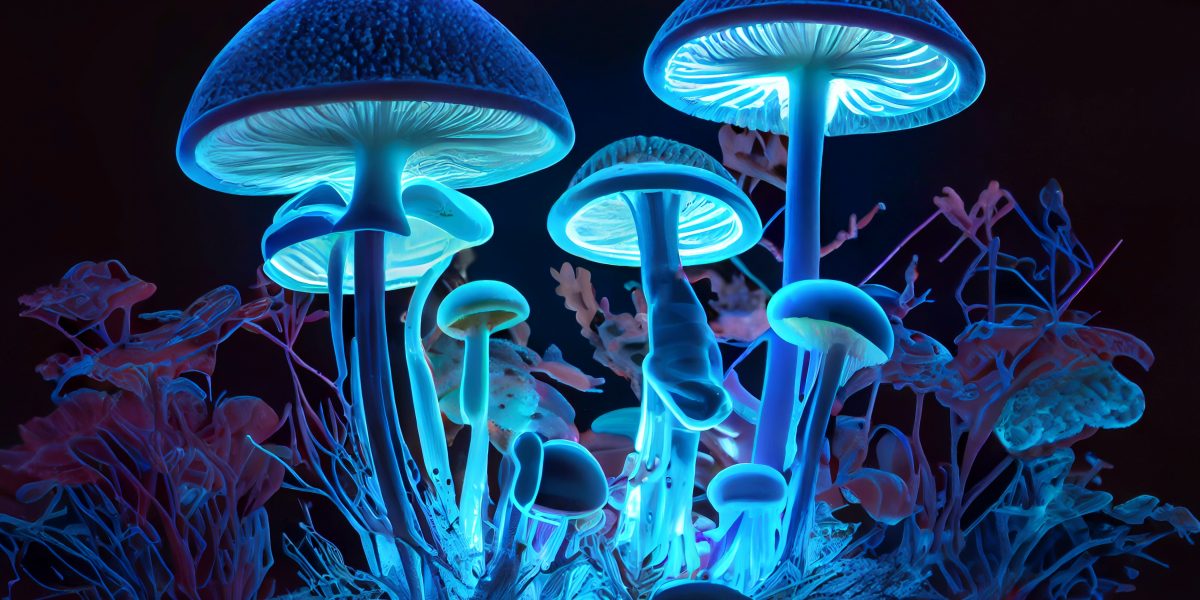
in this article
- Introduction
- Chemical Constituents
- Variability in Potency of Mushroom Strains
- The Top 10 Most Powerful Magic Mushrooms
- Honorable Mention
- Magic Mushroom Dosage
Are you 18 or older?
Please confirm that your are 18 years of age or older.
You are not allowed to access the page.

Disclaimer: The views and opinions expressed in this article are those of the authors and do not necessarily reflect the official policy or position of Chemical Collective or any associated parties.
Magic Mushrooms are well-known throughout the psychedelic community as substances with the potential to create powerful, hallucinogenic, even transcendent experiences. Familiar names like cubensis and liberty caps may have crossed your path, but the world of mushrooms extends way beyond these well-known varieties. Have you ever encountered Psilocybe azurescens or Panaeolus cyanescens? With a staggering array of over 200 psilocybin-containing magic mushrooms worldwide, the spectrum of potency and effects is truly remarkable. Join us as we journey down the mycelium highway into the extraordinary realm of the 10 most powerful magic mushroom species on the planet.
Psychedelics are undergoing a resurgence, transitioning from the periphery of society to a main focal point of scientific inquiry for potential therapeutic applications. Among the most thoroughly explored psychedelics, psilocybin, the primary active compound in magic mushrooms, stands out. Although psilocybin is a common denominator in all magic mushrooms, there exists considerable variability in potency among various species. This article aims to delineate magic mushrooms, ranking them based on their potency attributed to psilocybin and psilocin content.
However, before breaking down the most powerful strains, a quick refresher on the principal active constituents found in magic mushrooms.
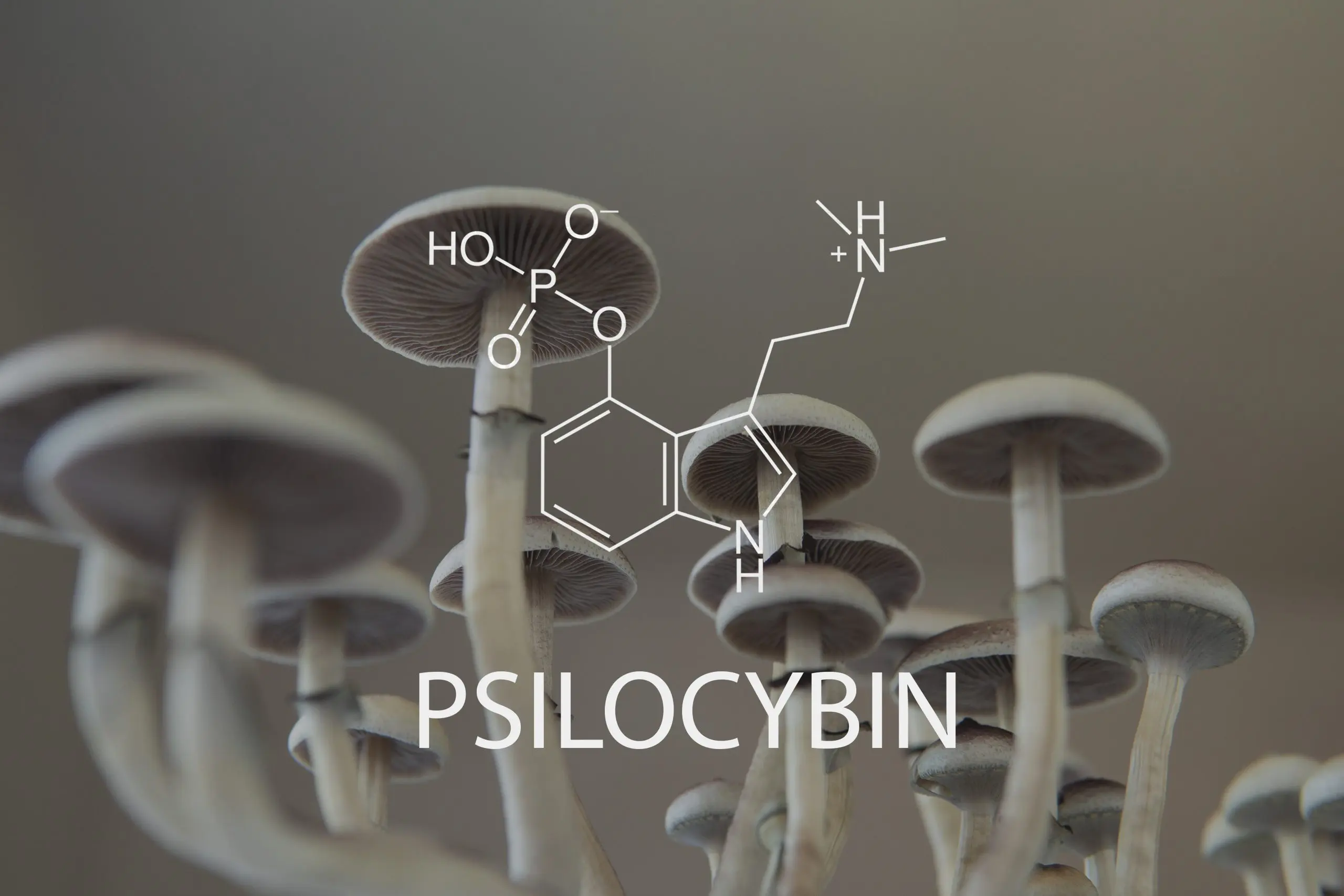
The composition of these three substances varies not only between species and subspecies but also within groups of the same mushroom. The intricate balance between psilocybin, psilocin, and baeocystin significantly shapes the nature of the ensuing mushroom trip. Some experiences may lean towards heightened visuals, while others may embrace a mellower, more meditative quality.
PSILOCYBIN
Psilocybin, identified as the precursor to psilocin, functions as a prodrug. It is most concentrated in dried mushrooms. Despite being the primary catalyst for the psychedelic experience, psilocybin requires metabolic conversion into psilocin within the body before manifesting hallucinogenic effects. This transformation can also be artificially induced before consumption.
PSILOCIN
Psilocin, prevalent in fresh mushrooms or in lemon tek (a process involving the conversion of psilocybin to psilocin using lemon juice), directly engages with the body to induce the psychedelic journey. It serves as the substance responsible for the immersive effects of the trip.
BAEOCYSTIN
As the less-explored sibling of psilocin and psilocybin, baeocystin, a derivative of psilocybin, remains a subject of limited study. Its specific role and impact on the body are not fully understood. In instances where baeocystin has been administered alone, its effects appeared comparable to an equivalent amount of psilocybin. However, a 2019 study reported no significant alteration in mouse behavior when exposed to baeocystin compared to a saline solution. The mysteries surrounding baeocystin persist.
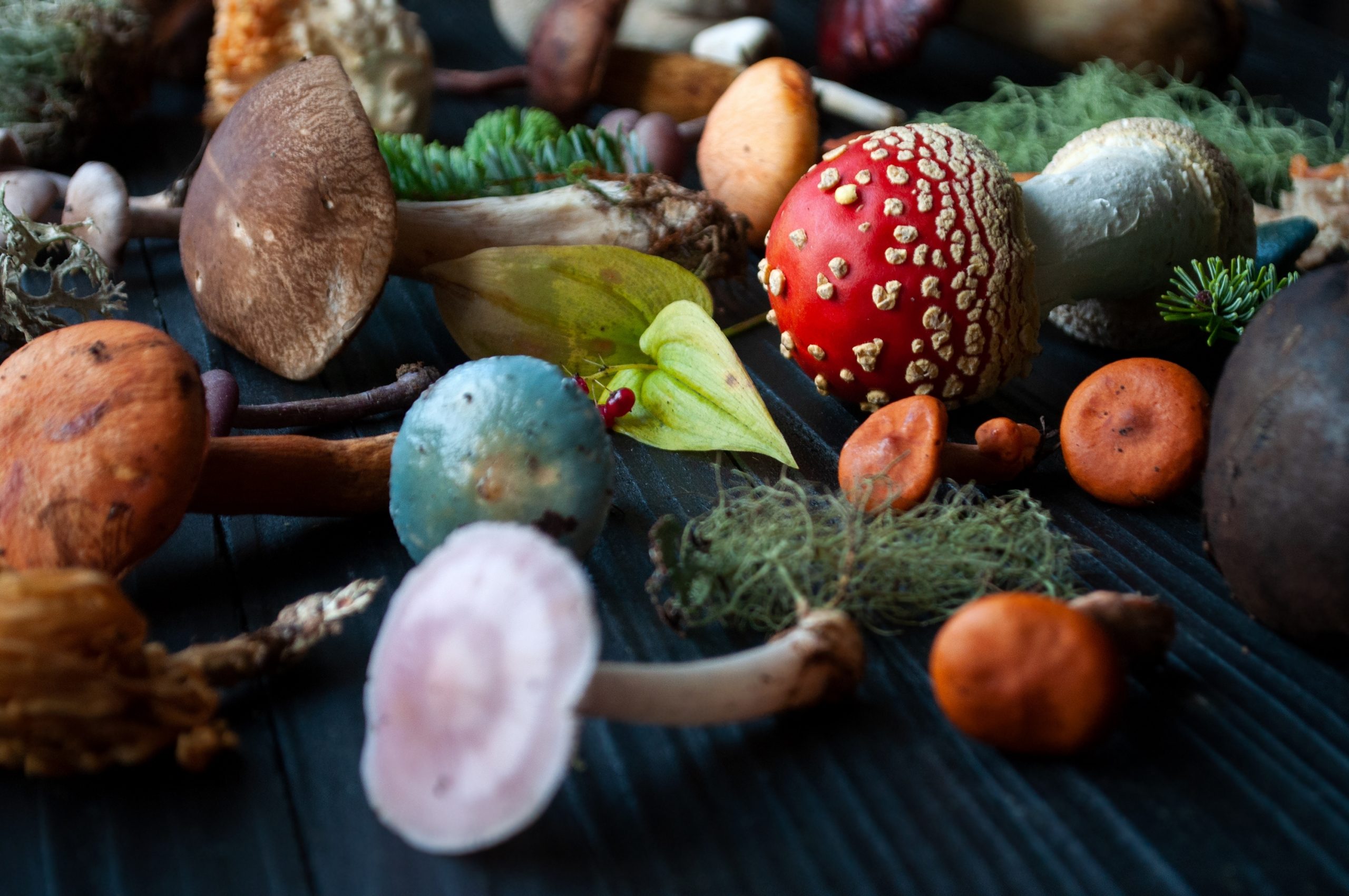
The strength of magic mushrooms is extremely varied, a phenomenon evident in variations both between different species and among individuals within the same species.
Discrepancies in potency are prevalent in both cultivated and wild mushroom colonies. While factors such as substrate and growing conditions contribute, they do not guarantee precise indole concentrations. Dispelling the notion that cultivated mushrooms offer predictability, their potency remains as varied as their wild counterparts.
Even within a specific species, mushrooms can exhibit significant differences in potency. Within the cubensis species, for instance, certain strains can be up to four times more potent than others. Therefore, approaching a dosage with caution is advisable, especially when dealing with generic “cubensis.” The assumption of uniform potency can lead to unexpected outcomes.
In the wild, astonishing differences have been observed, with some specimens being up to 10 times more potent than their counterparts. Such disparities create a dosage challenge, turning the act of consumption into a speculative venture. One strategy to mitigate this variability is to incorporate a variety of mushrooms in a dose, encompassing both milder and more potent specimens. This approach increases the likelihood of encountering an average potency.
As a rule, smaller mushrooms appear to exhibit greater strength per gram, containing elevated concentrations of indoles. However, it’s crucial to acknowledge that larger mushrooms still harbor a greater overall indole content, emphasizing the nuanced nature of magic mushroom potency.
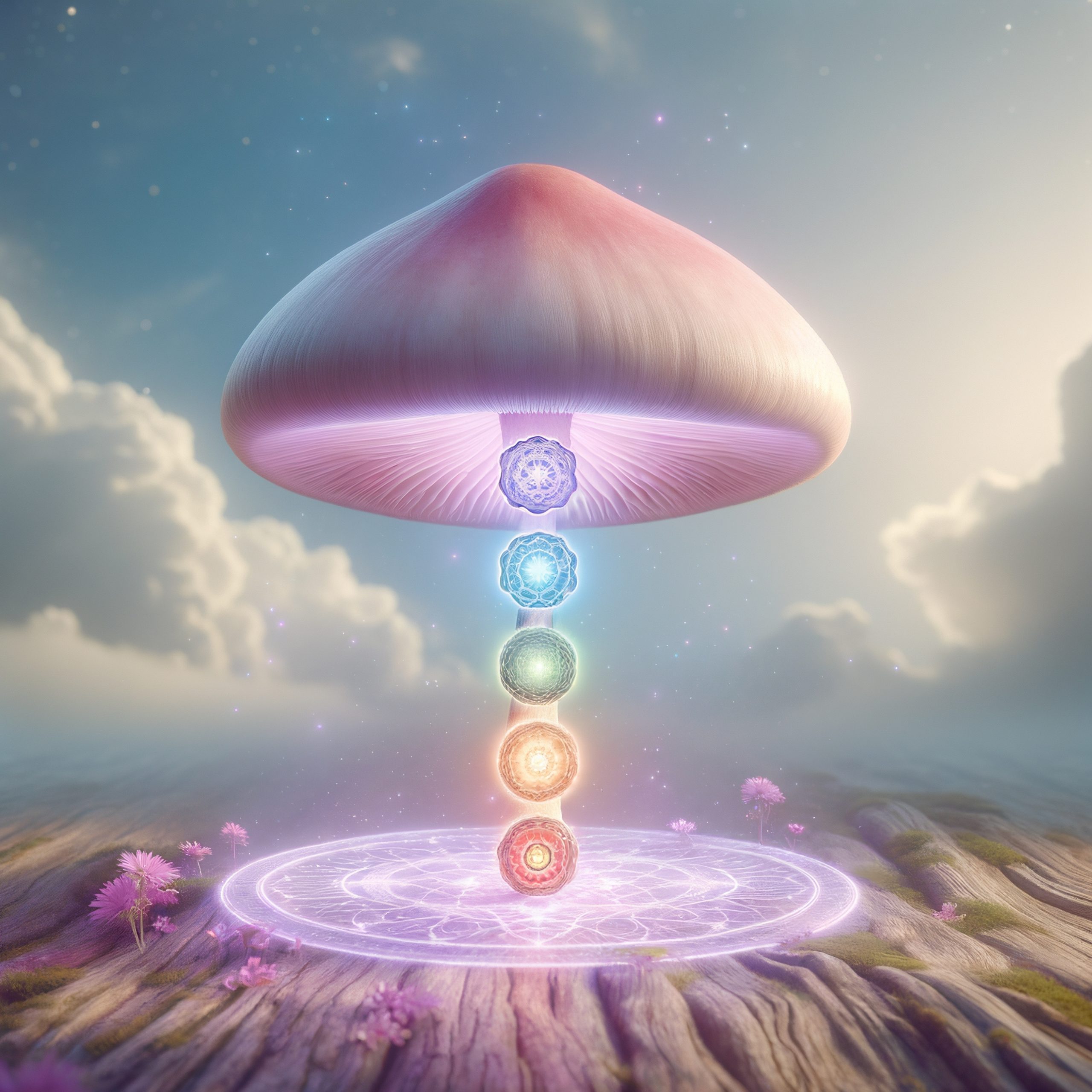
Native to Asia and Hawaii, Panaeolus cambodginiensis, also recognized as Copelandia cambodginiensis, made its initial appearance in Cambodia, flourishing in the rich environment of buffalo dung. Psilocybin-containing mushrooms are known to take on a blue hue due when bruised, to the rapid oxidation of psilocin. A sure sign of Panaeolus cambodginiensis is its propensity to display a particularly intense and rapid blue transformation which is what gives them their common, colloquial name: ‘blue meanies’.
The indole composition of Panaeolus cambodginiensis averages around 0.55% psilocybin and 0.6% psilocin, contributing to its unique psychedelic profile.
Psilocybe tampanensis is notably associated with the creation of magic truffles. Magic truffles are essentially the subterranean components of mushrooms, constituting the same organism. In their natural habitat, these mushrooms are a rarity, and the sclerotia (referred to as a truffle) develops as a protective mechanism in response to potential wildfires or other traumatic incidents.
The legal landscape in parts of Europe has led to the popularity of sclerotia for individuals seeking a legal psychedelic experience, given its distinct legal status compared to other parts of the organism. The dried mushroom variant can encompass up to 1% psilocin and psilocybin, while the sclerotia may boast a psilocybin content of up to 0.68%. This legal loophole has positioned Psilocybe tampanensis as a commonly sought-after choice for many Europeans exploring psychedelic realms within legal boundaries.
Found in Thailand, this is another tropical species of magic mushroom. Initially only known to grow on the island of Koh Samui, it has since been found in other locations too. It is wide, with a reddish-brown cap, and grows quite thick.
The ratios of psilocybin, psilocin, and baeocystin in dried specimens are: 0.023–0.90%, 0.05–0.81%, and 0.01–0.05%.
Conocybe cyanopus emerges as a relatively obscure member of this list, and for valid reasons. Its striking resemblance to a couple of deadly species which grow in similar environments raises significant cautionary flags. Consequently, the potential risks associated with Conocybe cyanopus often outweigh the benefits. Unless one possesses expertise or is under the guidance of an expert fungi forager, it is advisable to err on the side of caution, and avoid hunting for this particular strain.
Notwithstanding this cautionary note, Conocybe cyanopus earns its place on this list due to its potency. When dried, it contains a psilocybin content ranging between 0.5% and 1%, which explains its significant psychedelic strength.
Psilocybe cubensis stands out as one of the most widely sought-after species of magic mushrooms, primarily due to its remarkable ease of cultivation. It is frequently featured in online grow kits, where Psilocybe cubensis mycelium is commonly found. The simplicity of its cultivation has also facilitated extensive research on this particular strain, leading to the breeding of various subspecies, endowing it with versatility.
In its natural habitat, Psilocybe cubensis thrives in tropical climates, spanning many different regions worldwide. When dried, the concentrations of psilocin and psilocybin in Psilocybe cubensis range from 0.14% to 0.42% and 0.37% to 1.30%, respectively. Commercially available grow kits offer a more predictable measure of potency, rendering Psilocybe cubensis an attractive option for beginners. The improved predictability of dosage, especially when compared to wild strains, makes it an accessible choice for those new to the psychedelic experience. Platforms like the Zamnesia Dosage Calculator further aid in approximating Psilocybe cubensis doses, contributing to a more controlled and informed consumption experience.
Psilocybe Bohemica, aptly named after the region once known as Bohemia, thrives in the landscapes around the Czech Republic and central Europe. Bearing a striking resemblance to Psilocybe serbica, found in the Balkan region, this mushroom carries a word of caution. Both Psilocybe bohemica and Psilocybe serbica share visual similarities and flourish in the same growing conditions as Galerina, a highly toxic species of mushroom. Ensuring accurate identification is paramount before even beginning to consider consumption of either of these strains.
In its dried form, Psilocybe Bohemica exhibits a psilocybin concentration ranging from 0.11% to 1.34%, indicating its potential for robust psychedelic effects. Notably, the caps of this mushroom appear to contain the highest concentrations, underscoring the significance of understanding the specifics of its potency and taking appropriate precautions in identification and consumption. For example: 2g of mostly Bohemica caps will be significantly more powerful than the equivalent grammage of stems.
Colloquially known as wavy caps. This strain stands out as a particularly formidable inclusion on this list. Widely distributed, these mushrooms have become increasingly prevalent, thanks to the growing use of mulch to suppress weed growth. Preferring mulch over soil, cyanescens proliferates abundantly and boasts remarkable potency. Notably, a staggering colony of 100,000 mushrooms was once discovered in the UK, sparking imaginative visions of the resulting high. This species extends its presence across Europe and the US, with strains in the US reputedly exhibiting greater strength than their European counterparts—although this might be attributed to testing the wrong species in Europe.
The cumulative indole content, representing the three compounds together, can reach up to 1.96% when dry. In their wet state, the individual ratios stand at 0.39–0.66% of psilocybin and 0.75–1.96% of psilocin.
Psilocybe semilanceata, affectionately known as the ‘liberty cap,’ the quintessential magic mushroom for many enthusiasts.
I personally remember traversing local farmers’ fields on cold, wet November mornings, with a black plastic bag half-full of libs, watched by somewhat confused sheep, dodging farm workers and fighting through brambles.
Immediately recognisable by their distinctive nipple and bell-shaped cap, this species holds a special place in my heart, and along with cubensis is likely to be many people’s introduction to psychedelic mushrooms. Widely distributed across 17 countries in northern Europe, where it is considered native, Psilocybe semilanceata has earned its reputation as one of the most potent and iconic magic mushrooms globally. Reports even suggest findings beyond its native regions.
In dried samples of Psilocybe semilanceata, measured psilocybin concentrations range from as low as 0.2% to an impressive 2.37%. Notably, this species boasts the record for the highest levels of psilocybin ever measured. Despite its remarkable potency, the average psilocybin concentration hovers around 1%, placing it among the strongest magic mushrooms globally. As this strain is often someone’s first foray into these powerful substances, once again erring on the side of caution is wise here. Always remember:
You can always take more, but never less!
Additionally, Baeocystin levels register at approximately 0.36%, contributing to the unique psychedelic profile of the liberty cap.
Renowned as one of the most formidable magic mushroom species globally, Panaeolus Cyanescens, also known as Copelandia Hawaiian, holds the distinction of being considered up to five times more potent than certain strains of P. cubensis. Celebrated for their potency and relatively straightforward cultivation, these mushrooms have gained popularity, especially for their reputation as Copelandia Hawaiian.
Notably, Panaeolus cyanescens is recognized for its robust growth both indoors and outdoors, and enthusiasts can even procure pre-colonized grow kits to simplify the cultivation process. Thriving as a dung-loving species, these mushrooms are found worldwide, with horse dung commonly serving as the substrate in Panaeolus cyanescens grow kits.
The combined percentage of psilocin and psilocybin in Panaeolus cyanescens can reach an impressive 2.95%, rendering these shrooms exceptionally potent and sought after.
Securing the top spot on our list is Psilocybe azurescens. So far as we are aware, this is the most powerful species of magic mushroom in the world. If you are brave enough to seek what is more than likely to be a particularly mind-bending journey, this elusive fungus holds the power to transcend all other species of psilocybin containing mushrooms, provided of course that you can manage to acquire it. In its natural habitat, Psilocybe azurescens thrives along the West Coast of the United States, particularly in deciduous woodlands surrounding the Columbia River in the Pacific Northwest.
While cultivating Psilocybe azurescens indoors requires a much more nuanced understanding of mushroom cultivation than, for example, cubensis, successful outdoor growth is achievable. If you happen to live in the correct climate, making your garden a potential haven for cultivating this extraordinary species is more than feasible. Despite the scarcity of grow kits, dedicated enthusiasts may embark on the rewarding journey of cultivating a Psilocybe azurescens patch.
When dried, Psilocybe azurescens boasts a formidable composition, with up to 1.8% psilocybin, 0.5% psilocin, and 0.4% baeocystin. Though on the surface these concentrations might not appear extraordinarily high when compared to some others further down this list, they hold the transformative potential to transport individuals to alternate realms. This disparity between potency and overall effects illustrates perfectly how much we still have to learn about these organisms and their effects.
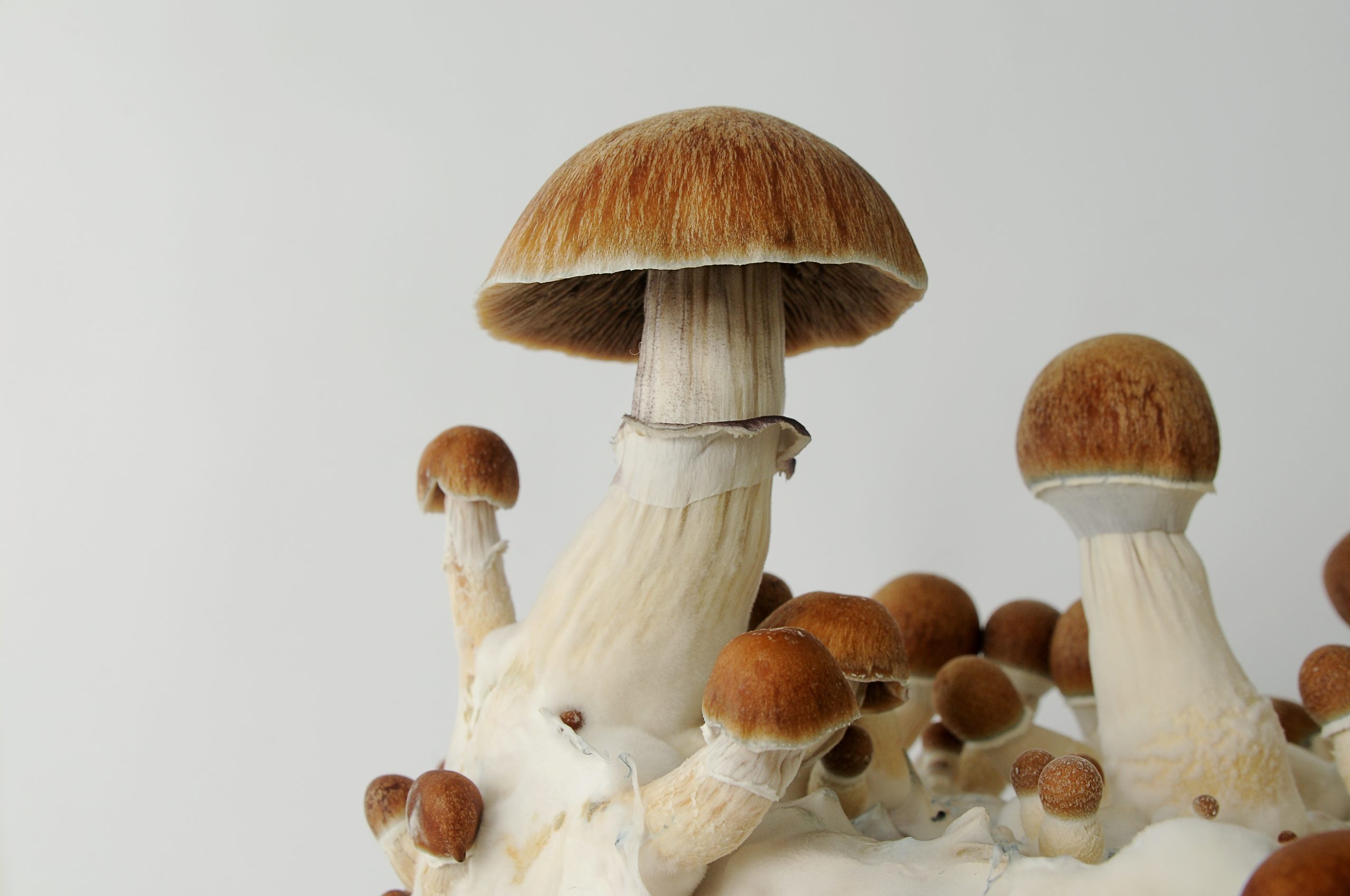
Penis Envy mushrooms have earned a reputation for their exceptional potency and distinctive appearance. In comparison to other Psilocybe cubensis varieties, they boast elevated concentrations of psilocybin, resulting in intensified and prolonged effects.
In the autumn of 2022, Psilly Simon clinched the top spot in the spiritual category of the Psilocybin Cup with his entry, named shiva lingams. The Psilocybin Cup, hosted by Oakland Hyphae, evaluates the potency of participants’ mushrooms to identify the most robust strains during either spring or fall. Simon’s mushroom strain registers an impressive 22mg of psilocybin per gram, surpassing the second-place strain by 30% and outclassing regular psilocybin mushrooms by two to four times. While this represents just one species, it highlights the heightened potency of the Penis Envy strain, and indicates the potential for selective breeding to continue to increase the desired chemical concentrations of mushrooms.
It is essential to note that the potencies of Penis Envy mushrooms can exhibit significant variations, even within mushrooms originating from the same exact culture, emerging from identical mycelium.
Disparities of 10%, 30%, or even up to four times in strength may be observed. The predictability of a mushroom’s potency remains challenging, with studies indicating repeated random and unpredictable outcomes. Exercising caution and awareness of this variability is paramount when considering their consumption. Unlike other more predictable strains of mushroom, this caution extends to every session, as opposed to ‘finding your feet.’
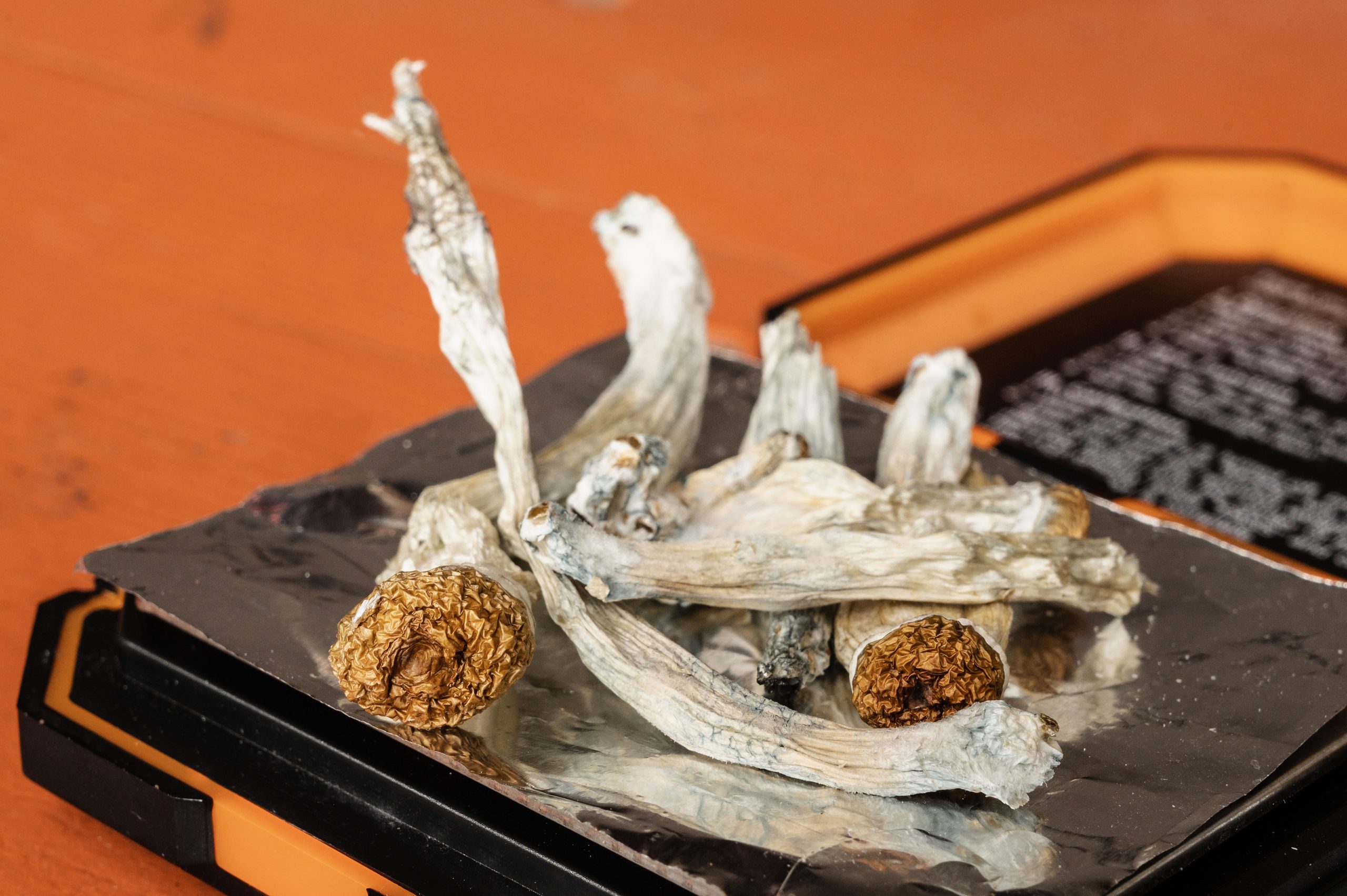
So, how should I approach dosing magic mushrooms with varying potency? Start with a small amount, especially if you’re inexperienced or trying a new species. You can gradually increase the dosage in subsequent sessions.
Is there a reliable way to estimate the right dosage for homegrown cubensis mushrooms?
Yes, you can use a dosage calculator to get an average estimate. However, keep in mind that it only ever provides a general idea, and individual reactions may vary.
What is the significance of starting small?
Starting with a small dose allows you to gauge your sensitivity to the specific magic mushroom species. It minimizes the risk of overwhelming experiences and allows for a more controlled introduction.
Can I trust dosage calculators for accurate measurements?
Dosage calculators provide a helpful starting point, but individual responses to psychedelics vary. Consider them as rough guidelines rather than precise measurements.
What if I don’t know the potency of a new species?
If you are unsure of the potency of a new species use common sense, and as ever, start slow. Begin with a minimal dose and gradually explore higher doses in subsequent sessions as you become more familiar with the effects. Remember, responsible and informed experimentation is key.
David Blackbourn | Community Blogger at Chemical Collective
David is one of our community bloggers here at Chemical Collective. If you’re interested in joining our blogging team and getting paid to write about subjects you’re passionate about, please reach out to David via email at blog@chemical-collective.com

Welcome to Chemical Collective.
Create an account to earn 200 welcome points.
Already have an account? Sign in


Check out our Community Blog and get involved with the conversation. You will be awarded 50 x ChemCoins for each comment up to a limit of 250 total ChemCoins.


Have you purchased any of our products? Reviews and reports are so important to the community. Share your honest opinion, and we’ll reward you with 50 ChemCoins for each review!


Every time you complete an order with us, you’ll be awarded ChemCoins for each Euro spent.
Welcome to Chemical Collective.
Create an account to earn 200 welcome points.
Already have an account? Sign in

Earn commission every time someone makes a purchase through your link.
When you become an affiliate, you will be allocated a unique link to share with your friends, followers, subscribers, or Aunt Susan.
You can choose to payout the commission earned once per month, or save it up to receive on a rainy day! Commission earned is 5% of the total order value per referral.
Contact us to join the Chemical Collective family and become an affiliate.
share your toughts
Join the Conversation.
when I go to the forest I’ll know which ones to target ahah